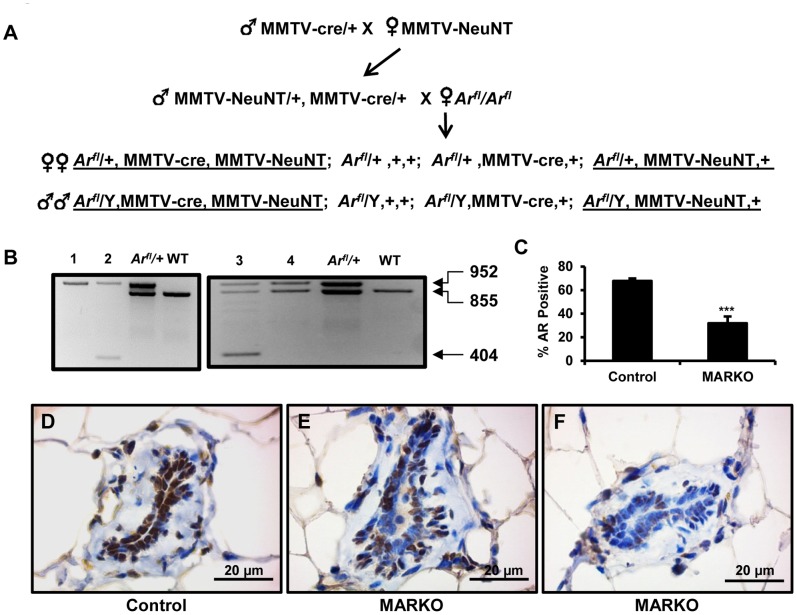Figure 1. Characterization of mice with conditional knockout of AR in mammary glands (MARKO).
A. Breeding strategy used to create experimental cohorts. Two generation breeding was used to produce tumor-prone MMTV-NeuNT (activated rat ERBB2) transgenic MARKO (male and females underlined on the left side) and Control (underlined on the right) mice. MARKO mice are positive for MMTV-cre transgene, specifically expressed in mammary glands. B. Recombination events in the genomic DNA from mammary ductal tissue dissociated from fat cells. Top band (952 bp) is derived from the non-recombined floxed Arfl allele, middle band (855 bp) is from the wild-type Ar+ allele, and the lower band (404 bp) is an amplicon derived from the ArΔ allele, resulting from Cre/LoxP induced deletion of exon 2. Arfl/+ is a positive control for the floxed allele and WT is wild-type (Ar+/Ar+). Left panel is recombination in male mice and the right panel is recombination in female mice. No recombination is observed in mice lacking MMTV-cre (lanes 1 and 4), the deleted allele is present in mice with MMTV-cre (lanes 2 and 3) C. Reduced number of AR positive luminal epithelial cells in MARKO mammary glands. AR positive luminal epithelial cells in the mammary glands of Control (n = 5) and MARKO (n = 5) mice were counted and determined as a percentage of the total number of cells per gland (p = 0.0019). An average of 260 cells were counted per individual mouse. Immunohistochemical staining for AR expression in Control (D) and MARKO (E and F) mammary glands. Scale bar = 20 µm.

